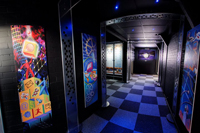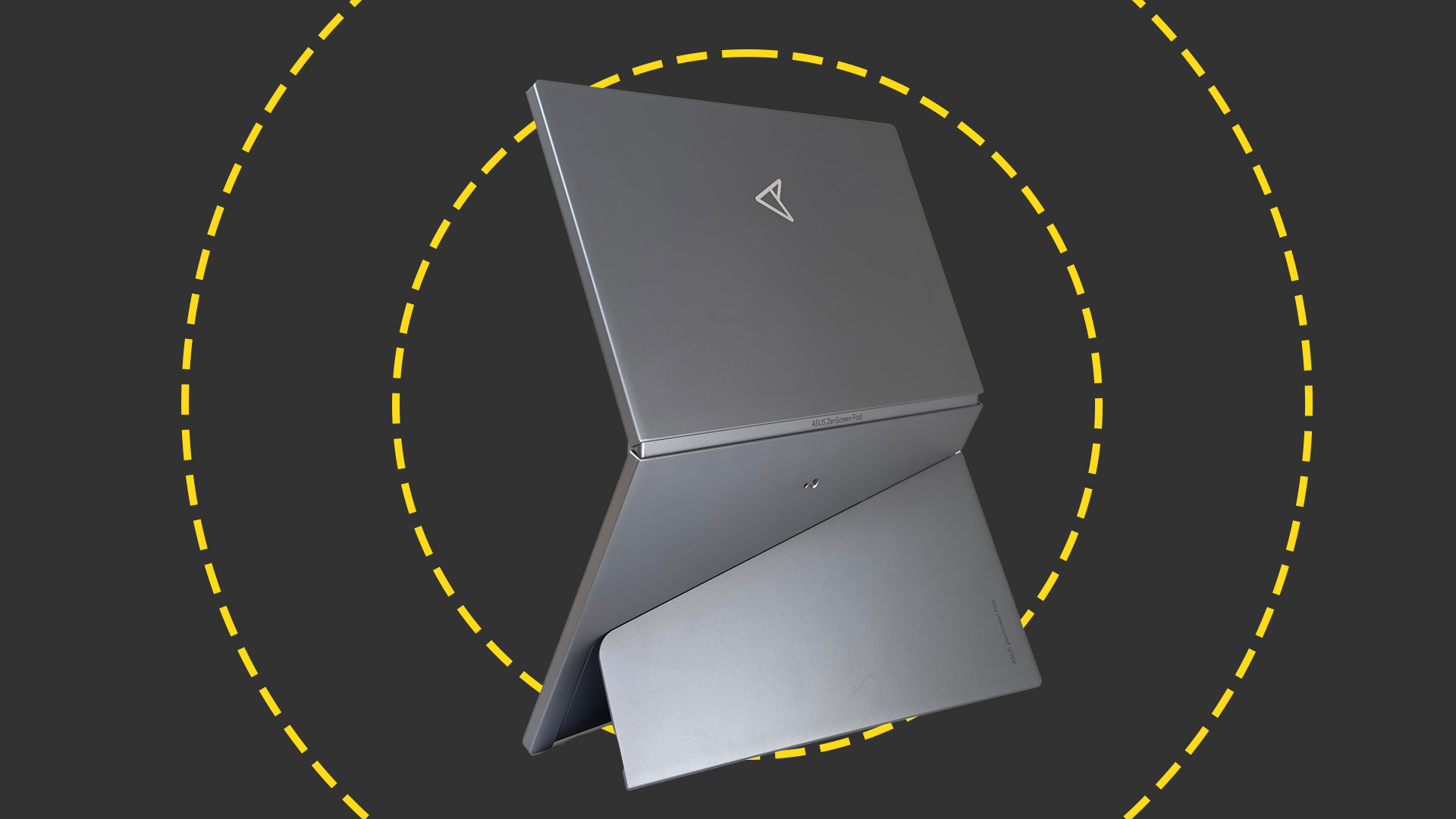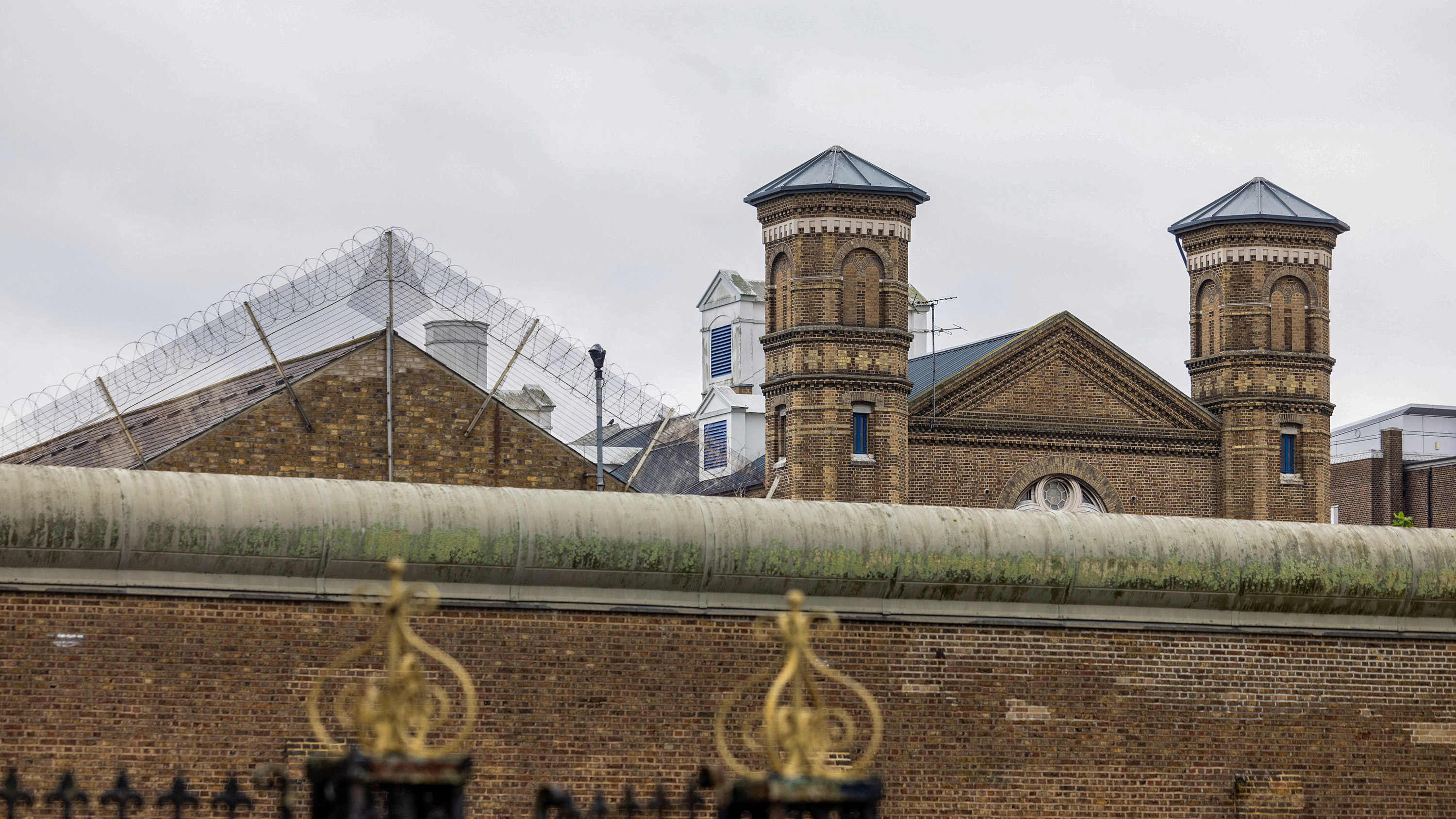Computing museum celebrates history of the internet
The National Museum of Computing at Bletchley Park has opened an exhibition dedicated to celebrating the life and times of the internet.


The National Museum of Computing (TNMOC) has opened its doors to an exhibition to celebrate the arrival and achievements of the internet.
Displayed at TNMOC's home at Bletchley Park, the gallery is sponsored by the National Physical Laboratory (NPL), who pioneered one of the key building blocks of the web, packet switching, back in the sixties.
As the web is now used by more than one in four of the world's population, it's important to outline how it was all made possible, according to Kevin Murrell, TNMOC director and trustee.
"Alot of what we're doing at the moment is putting down a reminder that a lot of the technology we take foregranted... people forget that it was developed in Britain. It's fair to say the Americans moved a lot of it forward," he told IT PRO.
"People are getting older so it's important make sure that we have records and interviews so that we can trace back to the early days of computing."
The exhibition charts the early stages of the internet's evolution, from the electronic telegraph to the packet switching breakthroughs achieved by Donald Davies and his team at NPL. This eventually led to the creation of ARPANET and helped shape the web as we know it.
"Packet switching involves taking data and chopping it into small pieces to transmit through the network. Each piece is separately addressed, and the recipient receives it and puts it back together. Anyone who has a router is using a packet switch - what they have in their home is a microcosm of what we built at NPL over 40 years ago," said Keith Bartlett, one of the original NPL team, in a statement.
Get the ITPro daily newsletter
Sign up today and you will receive a free copy of our Future Focus 2025 report - the leading guidance on AI, cybersecurity and other IT challenges as per 700+ senior executives
"The key was Donald's realisation that computer information can be sent in bursts which may be irregular. This differs from telephone communication which is time based. Interestingly, as technology developed and bandwidth increased, what was a data based communication network has become increasingly used to transfer time based information like TV and speech."
Of the museum's need for funding to keep putting on exhibitions such as this and ensure the technology gems of the past are available for all to see in the future, Murrell said: [Our volunteers] are a fantastic bunch. The museum doesn't employ anyone so [the volunteers' contribution] is phenomenal. They do everything from painting walls and taking photos, to cleaning carpets and looking after the machines."
Maggie has been a journalist since 1999, starting her career as an editorial assistant on then-weekly magazine Computing, before working her way up to senior reporter level. In 2006, just weeks before ITPro was launched, Maggie joined Dennis Publishing as a reporter. Having worked her way up to editor of ITPro, she was appointed group editor of CloudPro and ITPro in April 2012. She became the editorial director and took responsibility for ChannelPro, in 2016.
Her areas of particular interest, aside from cloud, include management and C-level issues, the business value of technology, green and environmental issues and careers to name but a few.
-
 Asus ZenScreen Fold OLED MQ17QH review
Asus ZenScreen Fold OLED MQ17QH reviewReviews A stunning foldable 17.3in OLED display – but it's too expensive to be anything more than a thrilling tech demo
By Sasha Muller
-
 How the UK MoJ achieved secure networks for prisons and offices with Palo Alto Networks
How the UK MoJ achieved secure networks for prisons and offices with Palo Alto NetworksCase study Adopting zero trust is a necessity when your own users are trying to launch cyber attacks
By Rory Bathgate